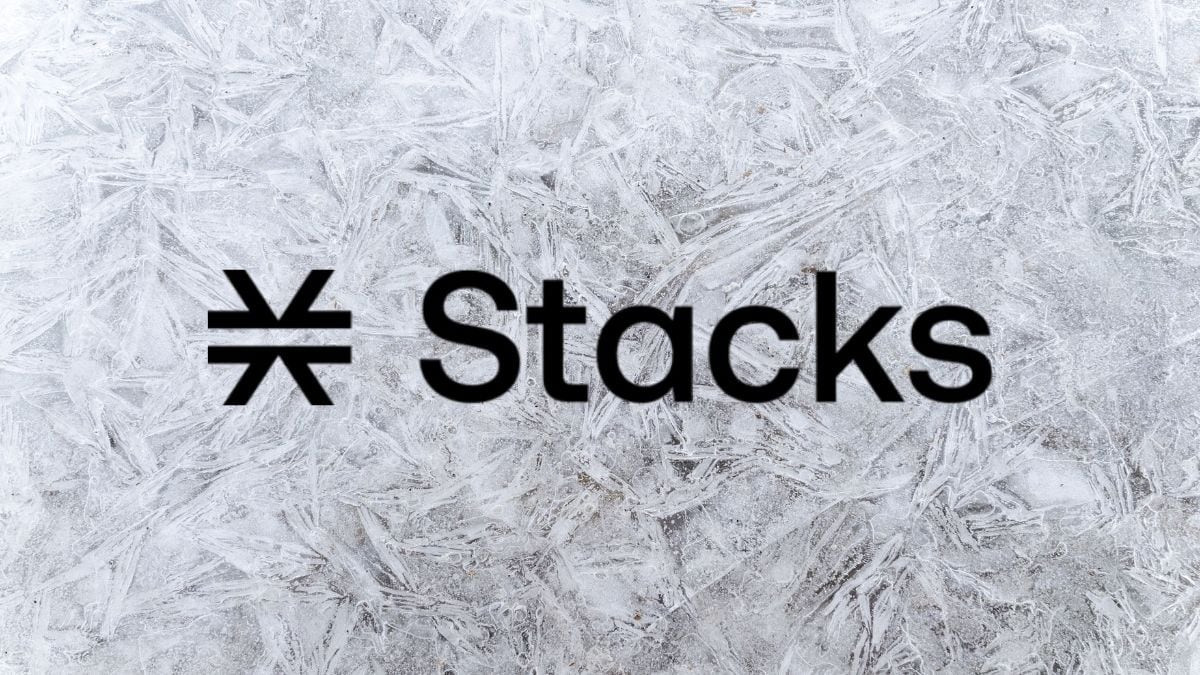Ethereum (ETH) is at present the pioneer with regards to brilliant agreement abilities and the sheer number of activities working on its organization, however, the push to assemble items on Bitcoin (BTC) is acquiring a foothold with advocates like Square CEO Jack Dorsey leading the work to bring decentralized money (Defi) to the Bitcoin organization.
One undertaking intending to join the highlights of DeFi with the security of the Bitcoin network is Stacks (STX), a layer-one blockchain convention intended to bring shrewd agreements and decentralized applications (dApps) to the Bitcoin organization.
Information from Cointelegraph Markets Pro and TradingView show that since dropping to a low of $0.50 on June 22, STX cost mobilized 195% to $1.47 on July 11 and since Bitcoin has shown some bullish force, STX cost is moving higher again with a 10% increase on July 22.
Three explanations behind the new strength in STX incorporate the arrival of the Clarity programming language which carried shrewd agreements to Stacks 2.0 and Bitcoin, the capacity for STX holders to stake tokens for BTC rewards, and the appearance of DeFi and nonfungible tokens (NFTs) to the Bitcoin organization.
Savvy contracts come to Bitcoin
The presentation of the Clarity programming language on Stacks has been the principal impetus of development for the Stacks biological system since it empowered the making of savvy contracts on the Bitcoin organization.
Lucidity professes to be a "decidable language" which implies that "you can know, with sureness, from the actual code what the program will do."
The primary distinction among Clarity and other brilliant agreement dialects is its decidable language, which isn't Turning finished, and the way that the language is deciphered and communicated on the blockchain with no guarantees, as opposed to being arranged, which "guarantees that the executed code is intelligible and auditable."
The cooperation between the two organizations implies well-known areas like DeFi and NFTs presently have an approach to work and be recorded on the Bitcoin network without expecting to stress over lethargic exchange times and expanded expenses.
STX holders can procure BTC by marking
Stacks as of late carried out STX marking for holders and this empowers them to acquire BTC as an award.
The Stacks network utilizes a novel mining convention called verification of-move (PoX), which runs in corresponding to Bitcoin and utilizations the BTC network as a dependable transmission vehicle for its square headers.
While generally confirmation of-stake networks offer marking rewards paid out in the local token, individuals from the Stacks people group can stake their STX tokens to acquire BTC at a normal pace of 10%.
This addresses one of only a handful few chances across the crypto space where a symbolic holder can stake their tokens and procure BTC as an award.
DeFi and NFTs come to Bitcoin
On July 10 STX made and sold the first-since forever Bitcoin NFT from the Stacks blockchain.
The occasion was intended to check the start of another time of shrewd agreements on Bitcoin and extra bullish news uncovered that USD Coin (USDC) will grow to the Stacks organization. This provoked a few intellectuals to refer to the Bitcoin Law which expresses that "fruitful trials in crypto will ultimately come to Bitcoin."
The appearance of NFT and DeFi abilities have likewise acquainted new ways with influence these well-known areas to acquire a yield in BTC and this can possibly draw in new members.
Because of these turns of events, a force for STX has been on the ascent in July as proven by an increment in cost and 24-hour exchanging volume.
VORTECS™ information from Cointelegraph Markets Pro started to identify a bullish viewpoint for STX on July 19, before the new value rise.
The VORTECS™ Score, selective to Cointelegraph, is an algorithmic examination of memorable and current economic situations got from a mix of information focuses including market supposition, exchanging volume, ongoing value developments and Twitter movement.
